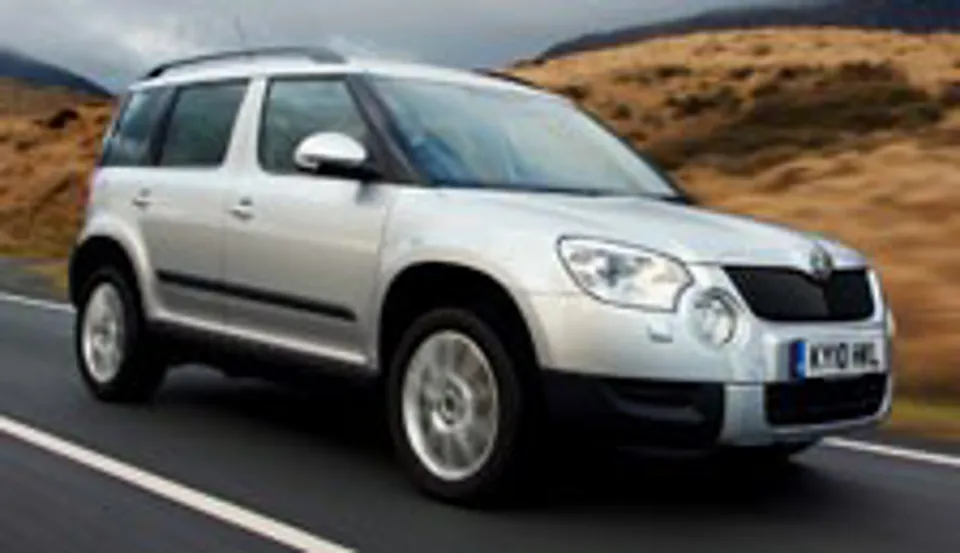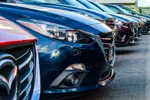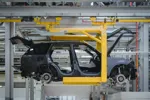The traditional distinction in the car market was between three types of brands: “volume”, “premium” and “economy”.
Today, those differences are blurring.
It seems ridiculous to classify Audi and BMW as premium while describing Renault and Fiat as volume carmakers: the two German brands sell twice as many cars as the combined sales of Renault and Fiat. In fact Audi is now up to number 4 in the sales chart, with BMW at 5 (see table) – and they have not yet finished expanding their ranges.
At the other end of the market, true economy brands are pretty well dead – Proton lingers on in the UK, but no-one seems quite sure why – but value brands are storming ahead.
Both Hyundai and Kia are knocking on the door of the top 10 and, with the new Picanto and forthcoming Rio, one has to say that Kia still has plenty of room to grow.
Skoda is a little way behind, but is still growing steadily and is not going to slow down any time soon.
Next year, we will finally see Dacia arrive in the UK, whose Duster SUV could turn out to be a cut-price Skoda Yeti (oh, the irony of Skoda being undercut).
All that activity makes life difficult for brands in the middle, who can struggle to find an identity.
People might not like the image of BMW (or Skoda, for that matter), but everyone thinks they know what those companies stand for.
If you apply that test to many middling brands, it can be surprisingly hard to come up with a clear answer.
Ford has vehicle dynamics, slowly morphing into high technology, the favourite USP of boss Alan Mullaly.
Peugeot had dynamics and crisp styling in the ’80s and early ’90s (think 205 and 405), but not much today.
Renault used to have avant-garde design until the Avantime and Megane Mark Two gave that a bad name, and Fiat has the 500, which is a model, not a brand proposition.
The inescapable conclusion has to be that, if a company does not have a great brand or a great value offer, it had better have great products.
Ford maintained its market leadership, and stayed mostly profitable through the recession, by having very good products, especially the Fiesta.
Nissan has been resurgent thanks to the success of the Qashqai – which it hopes to repeat with the Juke.
In contrast, Peugeot and Renault have slipped back because their current cars do not stand out in the way their forebears did.
That makes the mid-market a treacherous place to compete, because a company is only as good as its most recent design.














Login to comment
Comments
No comments have been made yet.